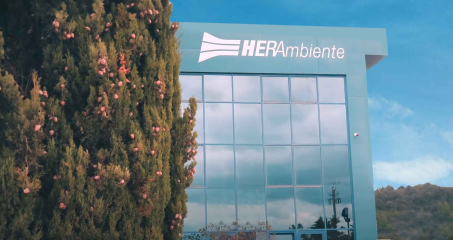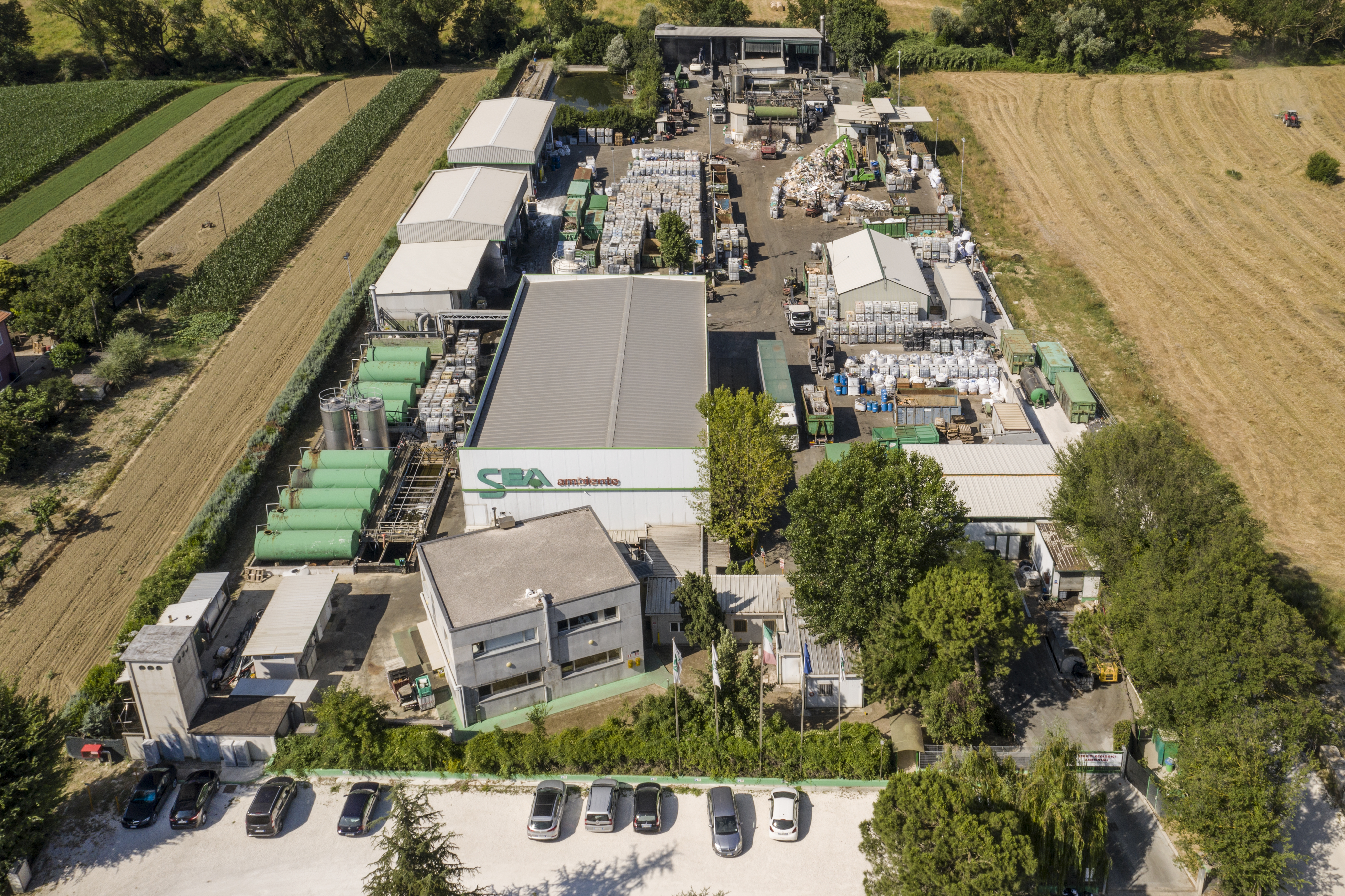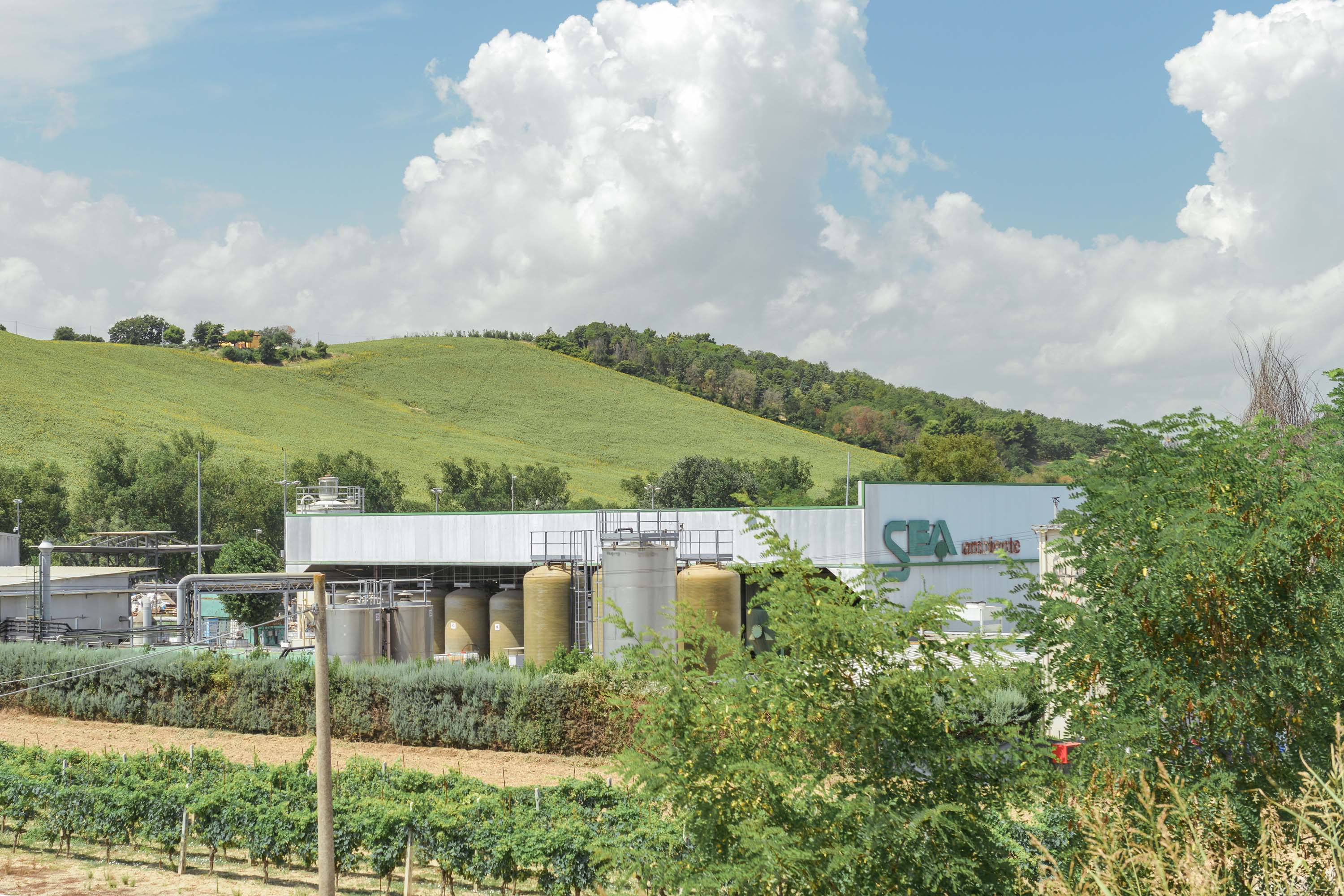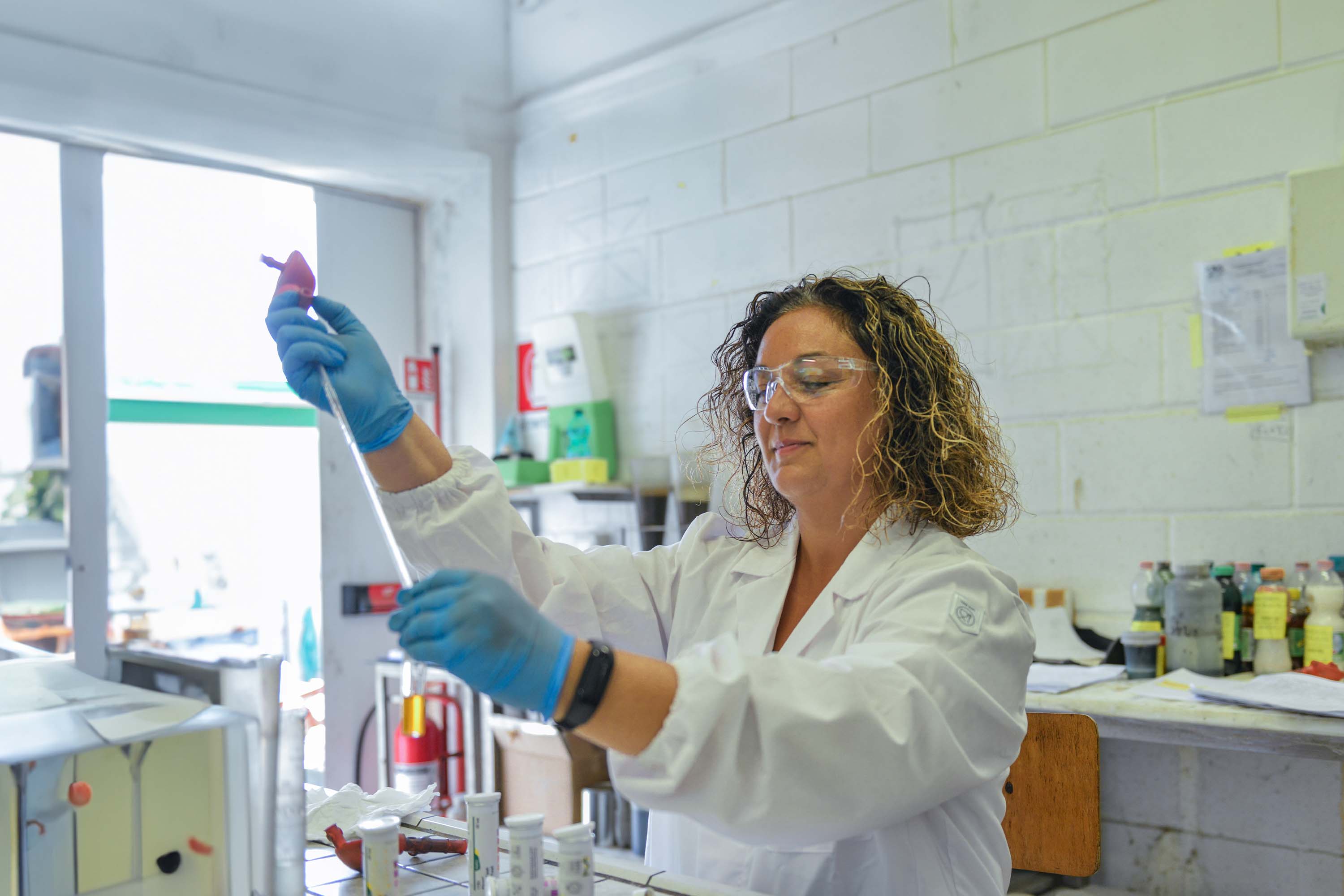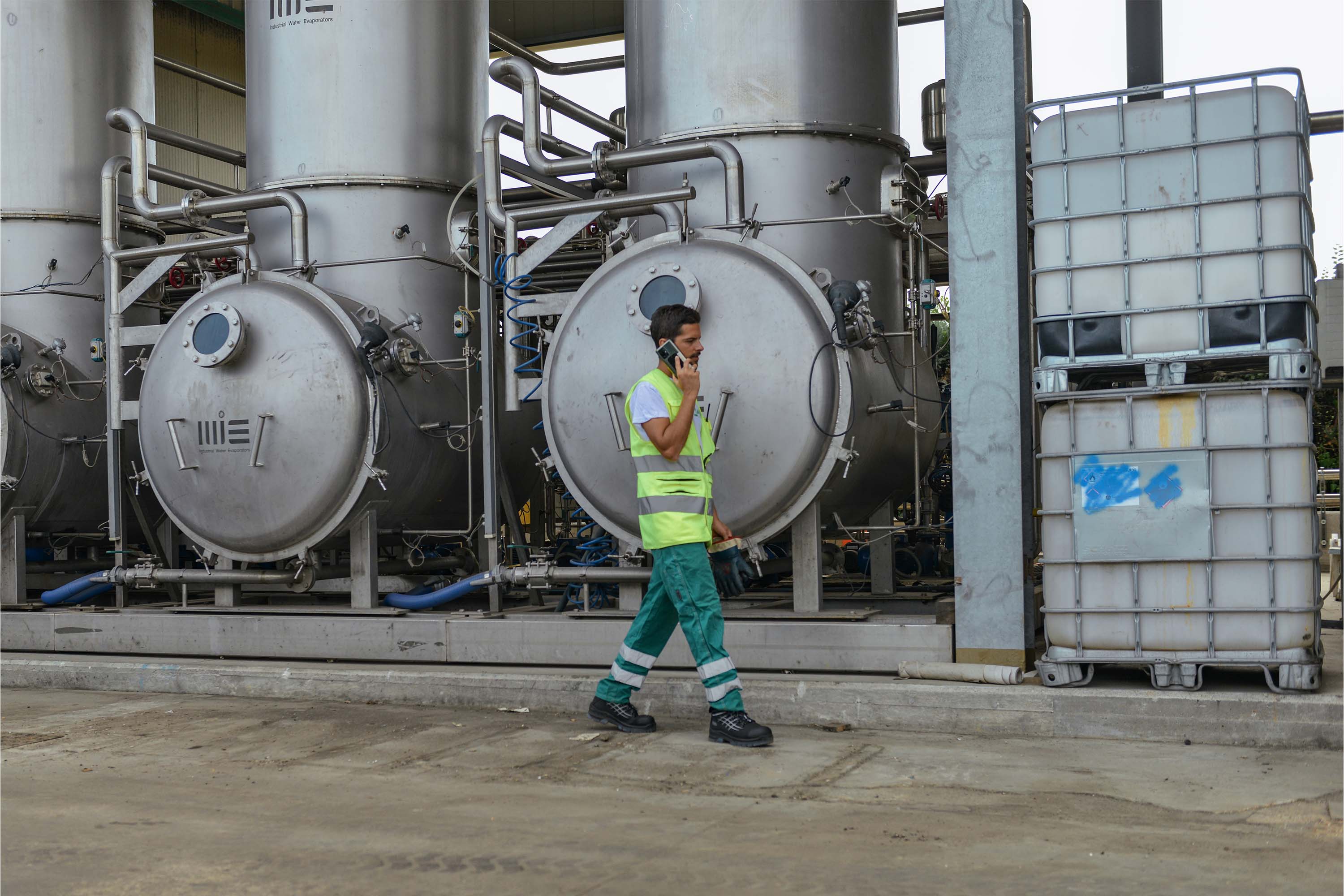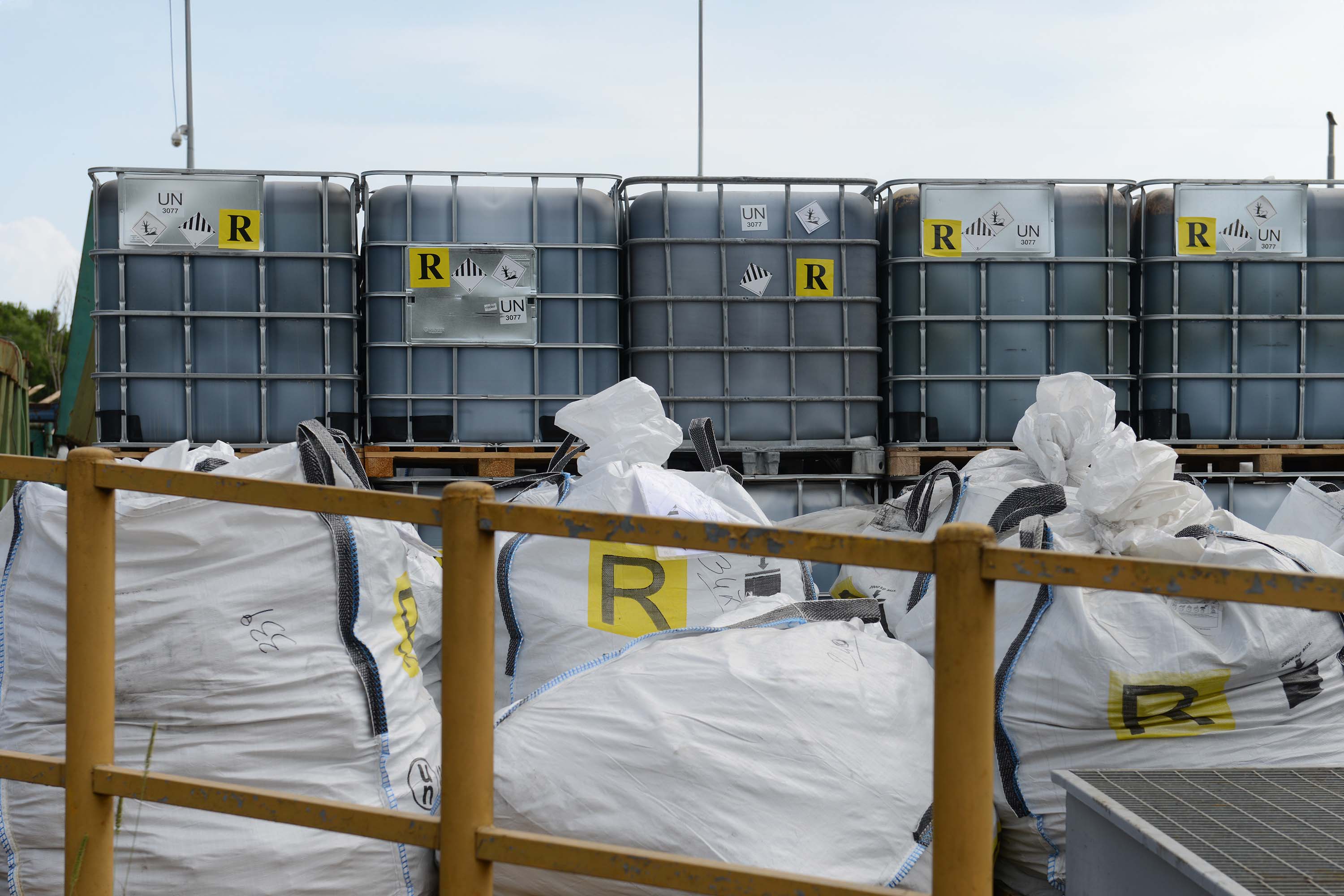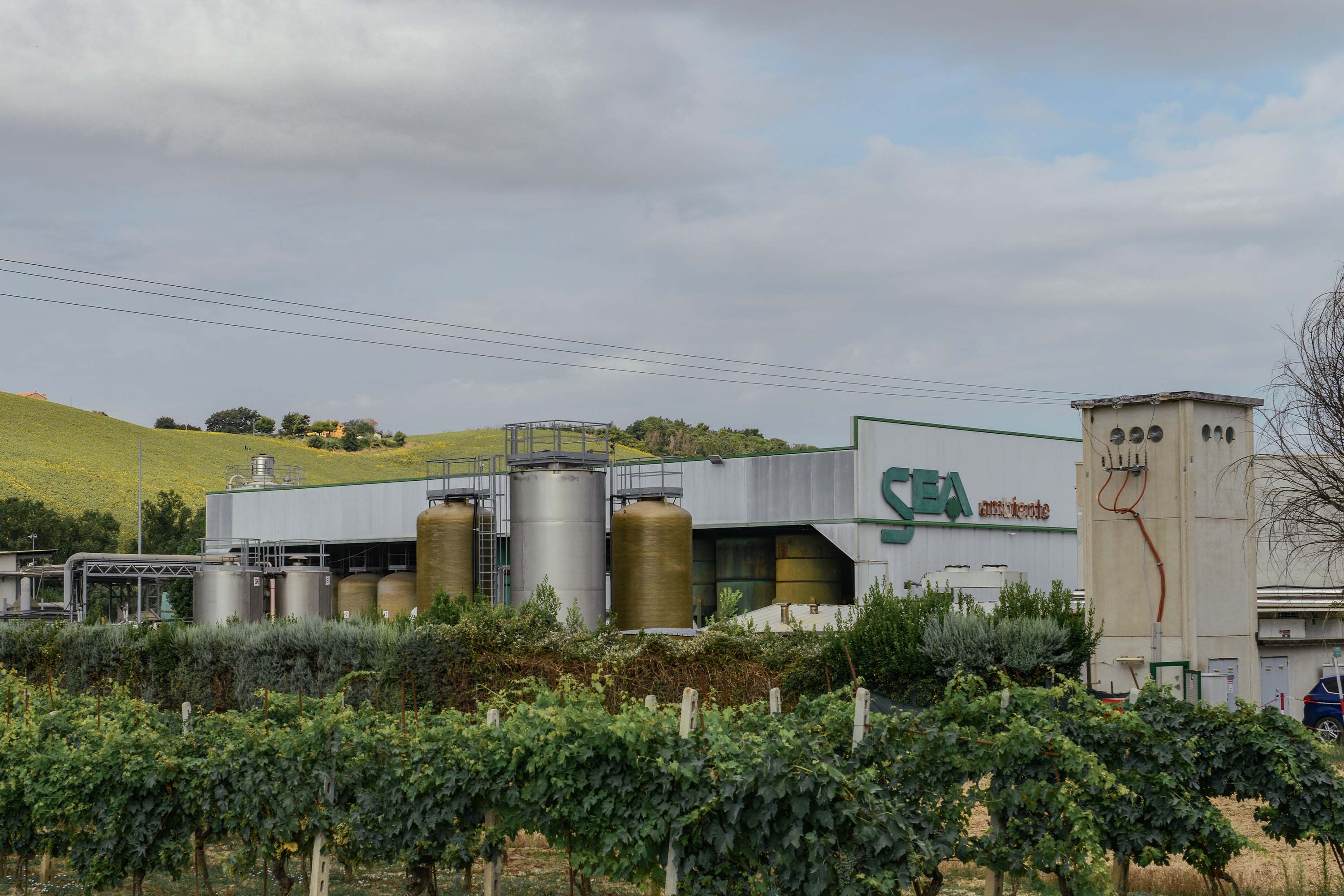Overview
The plant stores special hazardous and non hazardous liquid, solid and powdery waste. The platform consists of the preliminary storage section and/or the storage of hazardous and non hazardous waste; the D9 chemical physical treatment section; the stabilisation processing bays; the grinding system; the plastic materials washing system; the chemical physical and biological system for liquids.
The waste delivered to the plant can undergo different types of processing: unpacking, repackaging (both for solid and liquid waste), volumetric reduction thanks to the fixed or mobile grinding system, stabilisation, homogenisation grinding and washing of plastic materials.
Page updated on 09/12/2022
- reserve and storage areas;
- processing bays for soil and sludge;
- fixed and mobile grinding system;
- plastic material washing (bulk and drums);
- D9 system for liquids;
- D8 system for liquids.
The platform consists of the following sections:
Specific waste control procedures are applied both when contracts are drawn up with customers, the approval phase, and when disposals are received at the centre.
Correspondence between the incoming waste and the respective technical approval is verified by means of internal visual and analytical checks and spot sampling of the waste periodically carried out by the SEA laboratory.
Waste in drums, containers or bulk is stored in separate areas according to the treatment it must undergo and it is checked to see if dangerous, flammable or reactive in order to ensure the maximum safety of the entire structure. The waste accepted for storage can be sent to: unpacking; repackaging of solid and liquid waste; volumetric reduction in fixed and mobile grinding systems; washing of plastic materials (bulk, drums); stabilisation; D9/D8 liquid treatments (liquids containing chromium, cyanides; acid-bases, surfactants, emulsions).
Specific waste control procedures are applied both when contracts are drawn up with customers, the approval phase, and when disposals are received at the centre.
Correspondence between the incoming waste and the respective technical approval is verified by means of internal visual and analytical checks and spot sampling of the waste periodically carried out by the SEA laboratory.
Waste in drums, containers or bulk is stored in separate areas according to the treatment it must undergo and it is checked to see if dangerous, flammable or reactive in order to ensure the maximum safety of the entire structure. The waste accepted for storage can be sent to: unpacking; repackaging of solid and liquid waste; volumetric reduction in fixed and mobile grinding systems; washing of plastic materials (bulk, drums); stabilisation; D9/D8 liquid treatments (liquids containing chromium, cyanides; acid-bases, surfactants, emulsions).

